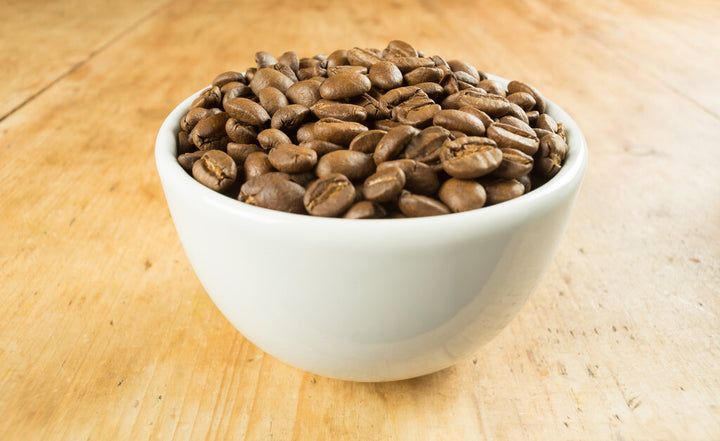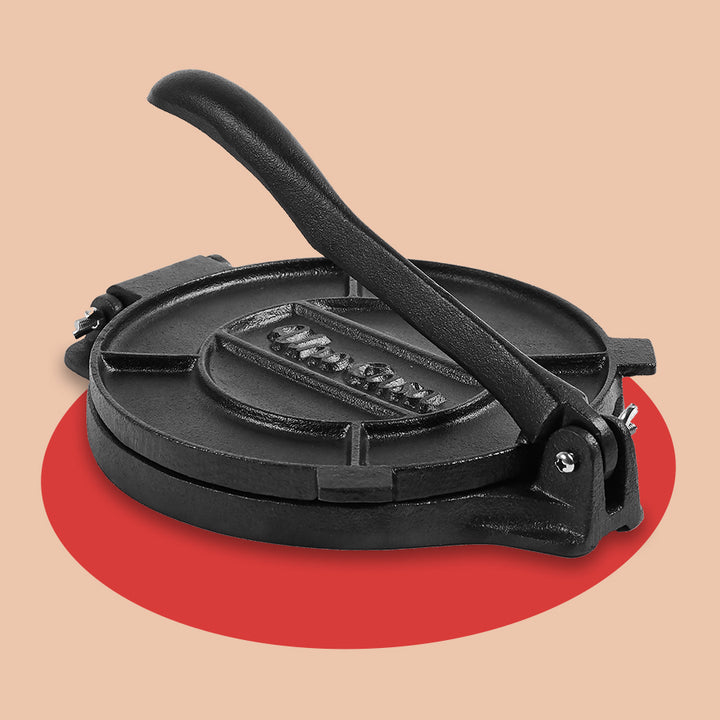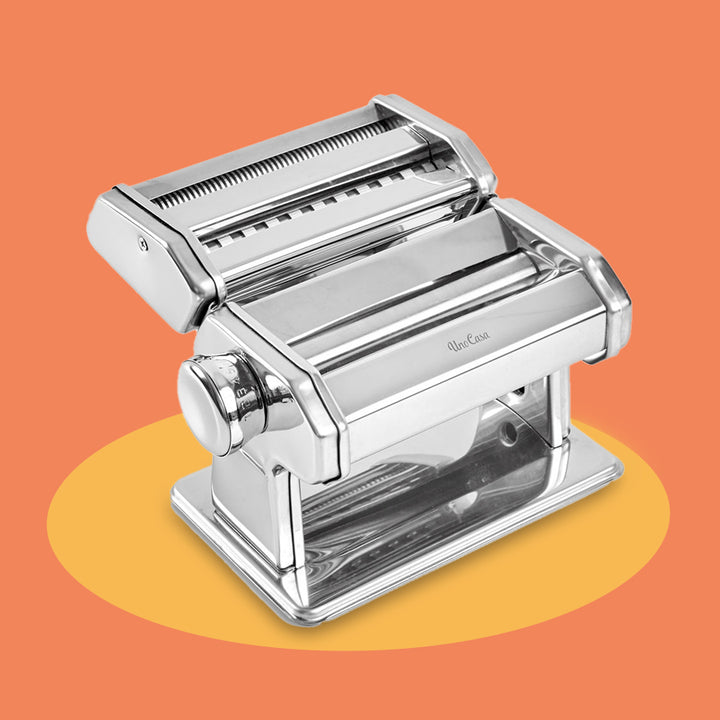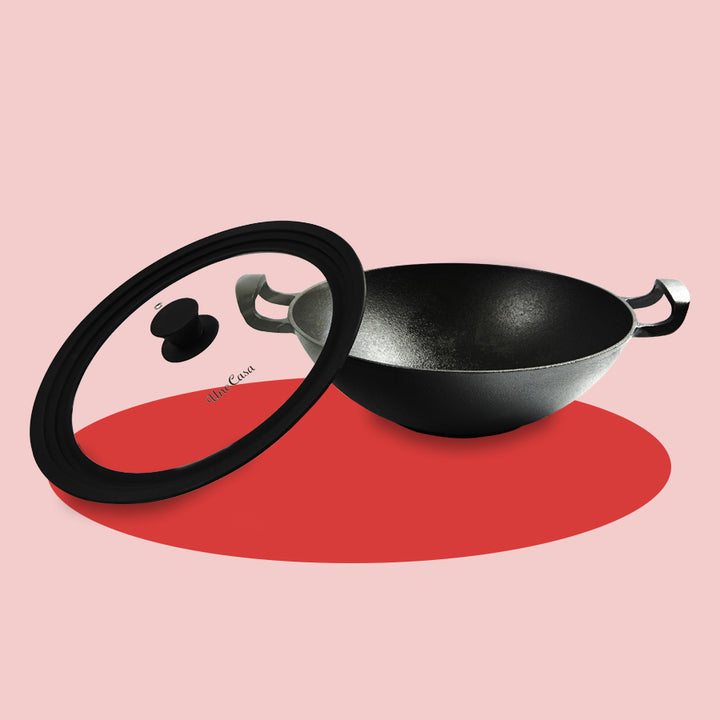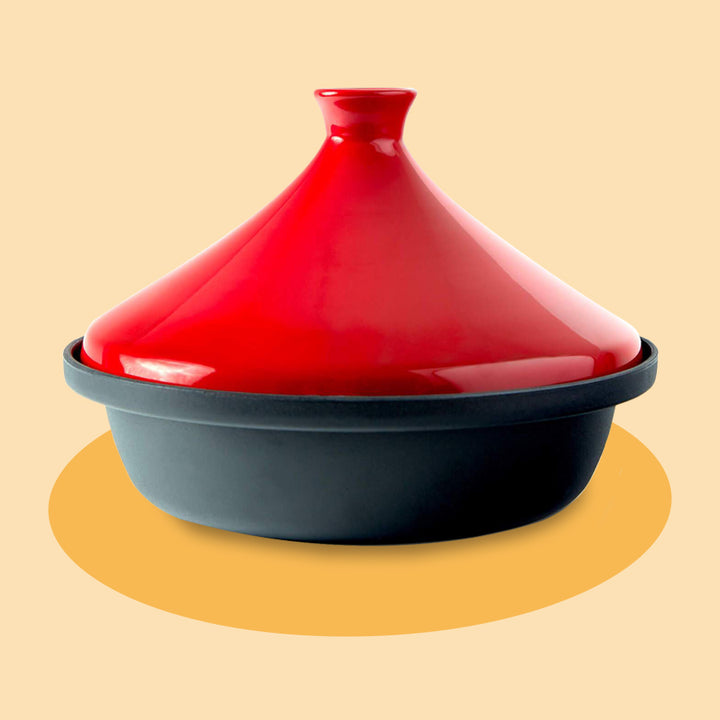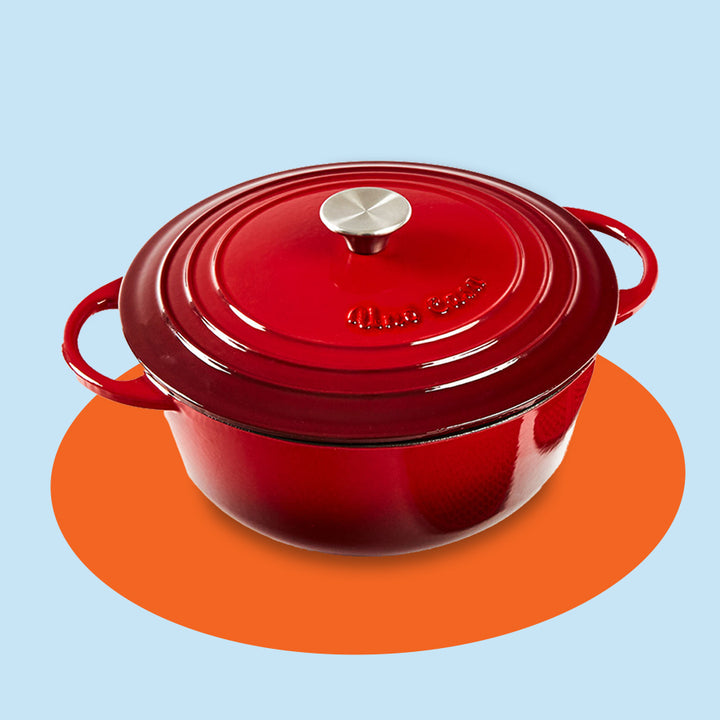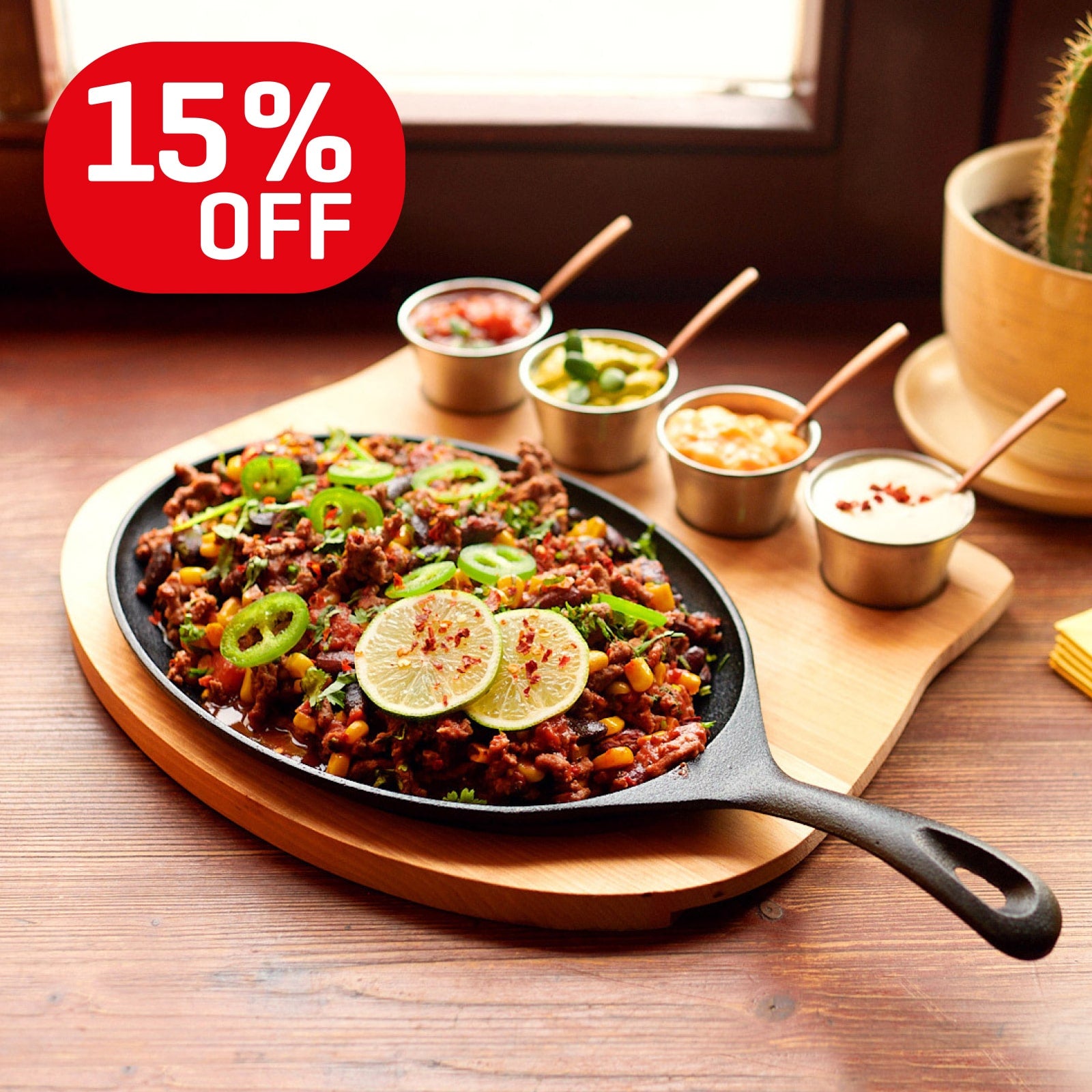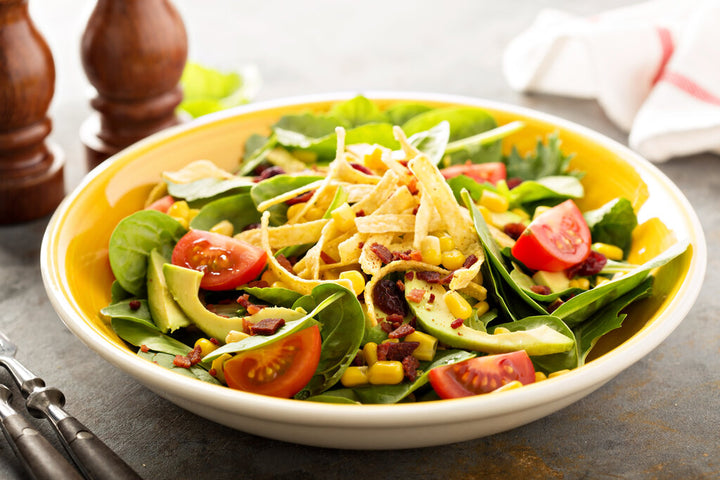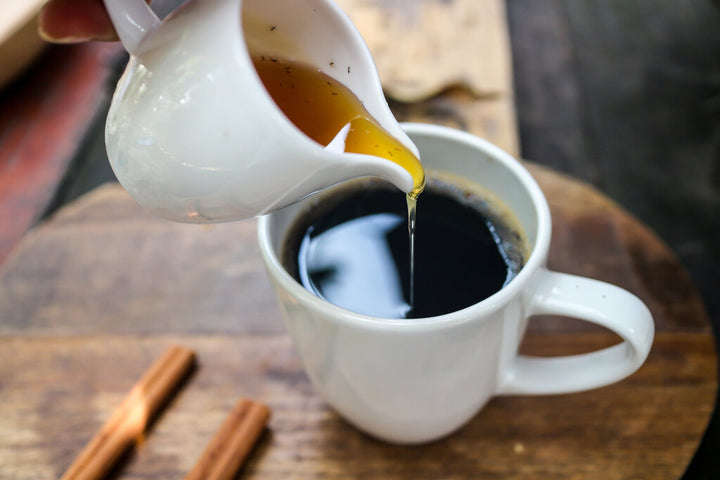Coffee to Water Ratio: What is the Optimal One?

Baristas and coffee shops might make it look easy with their fancy pour overs and seemingly effortless ability at measuring coffee perfectly, but getting the optimal coffee to water ratio is never as easy as it looks.
We've all been there - often a few times every day! - when we're left with a cup of coffee that we've tried to pour and found out the hard way that it's just too watery for a 6 am wake up call, or it's far too strong to be drinking in the late afternoon.
The secret is knowing that pouring the perfect cup of coffee isn't so much an art, as it is an exact science. And if you know the perfect water to coffee ration, and arm yourself with the best-roasted beans and a great gooseneck kettle, then you can pour the perfect cup every time. For an even better result, you can use pour-over coffee maker.
Here's our guide to the optimal coffee to water ratio!
How much coffee per cup?
That's the ultimate question. How much coffee should I have per cup? The answers can vary tremendously because the exact amount of coffee you need in your cup will depend on a number of factors.
- How strong do you like your coffee?
- What type of coffee are you brewing (Is it instant? Is it hand-ground? etc.)?
- What method of are using to pour the cup (Pour-over? french press? etc.)?
Once you've narrowed down these factors, though, there's a more exact science that will allow you to calculate the best coffee to water ratio, to brew up every cup of coffee exactly the way you like it.
What is the ratio of coffee to water for the perfect brew?
The most important factor in creating the perfect brew every-time isn't as simple as the number of beans or the quantity of water. It's down to the coffee to water ratio. That's the quantity of water you use to dissolve your coffee beans.
Stronger, more flavorful coffee isn't necessarily the result of simply throwing in more coffee beans because there is, in fact, an optimal water to coffee ratio. Too many beans can saturate the mix, resulting in less caffeine and flavor being released. Too few beans, or too much water, and the taste will be lost in the liquid.
Coffee perfectionists love to call this optimal coffee to water ratio, the 'Golden Ratio.' Broadly speaking, though, this Golden Rule is hard to judge without scales and exact measuring equipment, so if you're not quite so perfectionist, there's an easier way to judge the ratios that you desire each time.
The Golden Ratio can be roughly narrowed down the simpler format of:
- 6 ounces of water for every 2 tbsp of coffee
Everyone likes their coffee differently, of course, and you can experiment with this ratio to work out how you prefer to pour your cups in the morning. Once you've got it right, though, you can repeat this ratio every morning, for the perfect brew!
What is the perfect water to coffee ratio for French press?
The French press is a classic method of brewing coffee. Also known as a Cafetiere, or more simply as a coffee press, it's a great way to consistently brew a large quantity of coffee.
The French press works simply, but effectively. Ground coffee is placed in the bottom, and hot water is poured over the top. The press, or plunger, then pushes the hot water through the ground coffee beans to release the flavor and caffeine.
For the perfect French press brew, you're going to want to use the Golden Ratio. For every 2 tbsp of ground coffee beans that you place in the bottom, you'll need to press 6 ounces of water.
What is the perfect ratio for cold brew coffee?
A cold brew coffee is perfect for a hot summer day when you're not quite in the mood for a roasting hot cup of coffee. But a cold brew isn't quite an ice coffee (an iced coffee uses shots of espresso which have been brewed hot, then poured over ice). A cold brew is a coffee that has literally been brewed cold.
A cold brew coffee takes patience to brew just right because a cold brew coffee takes a minimum of 6 hours to brew (cold brew aficionados would say this needs to be as long as 12 hours!). Brewing coffee in hot water essentially speeds up the dissolution process, releasing the flavors, smells, and caffeine from the coffee bean quickly. Cold brewing takes this process to a slow extreme.
The slow process allows the flavors to be released gently in cold water, and some say that makes for a much tastier brew. The perfect cold brew starts with the perfect coffee to water ratio. If you get it wrong, then you'll have wasted hours in the process!
If you're brewing up 32 ounces of cold brew, then you'll want to use 3/4 of a cup of ground coffee beans. That roughly works out at an optimal cold brew coffee ratio of 1:4 in favor of the water.
How much coffee do you use for a pour-over?
You'll often hear coffee lovers saying how it's the pour-over, or drip coffee method that makes for the best brews when combined with the best roasted and finely ground coffee beans.
The pour-over method is relatively simple, but it still takes some skill and expertise to get the drip coffee ratio absolutely right. The pour-over method involves placing the ground coffee evenly in a paper filter, which will be suspended over a container. Take your hot water, and pour it slowly over the coffee, allowing it to slowly filter down into the receptacle.
If you're looking to brew 32 ounces of coffee in the morning, then you'll need 1/4 of a cup of ground coffee beans. Many pour-over coffee jugs will be sized at 16 ounces, however, in which case you'll need to use 1/8 of a cup of coffee. This will give you a lovely pour-over coffee ratio.
Try not to rush your pour-over coffee, as you need to allow the water to filter through the ground coffee for the best flavor. Overdoing the water to coffee ratio can quickly ensure that you oversaturate the water and lose the flavor and caffeine hit that you might be looking for in a brew.
This is one method of brewing that you can greatly improve using scales to get the measures exactly right each and every time you're preparing fresh coffee.
How can I 'improve' my coffee ratios?
Like we said at the start of this article, perfecting coffee ratios can be refined to a more exact science. If you're a perfectionist, you don't need to keep guessing and estimating teaspoons of coffee while you free pour coffee.
You can 'improve' your coffee ratios, and make them much more exact by weighing out your coffee beans, and weighing out the quantity of water you are using on scales. You could even invest in a purpose-built coffee kettle that offers you a built-in temperature gauge, to preheat the water to the perfection!
You can also refine the coffee itself, by taking time to pour the hot water over the beans, or even by grinding your beans by hand!
Coffee ratio conclusion
There you have it; now you can pour the perfect cup of coffee, with the perfect coffee to water ratio. Whether you prefer pour over coffee, cold brew, or a classic French press, you can still get the ratios right every time you're thirsting for a fresh brew! Why not bookmark our handy guide for later?
Leave a comment
Comments will be approved before showing up.
Also in Tips
